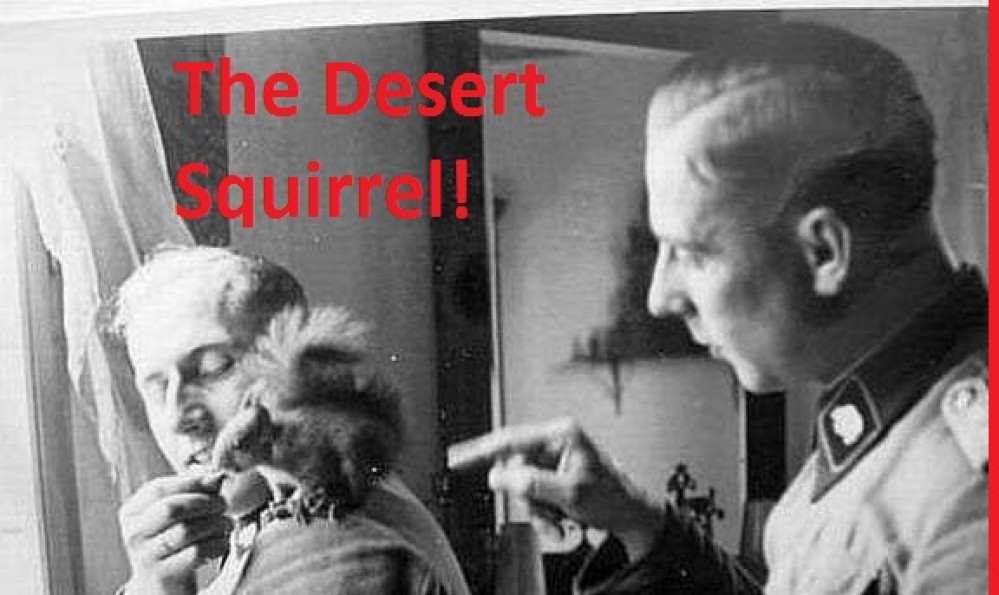
Avernos, the Desert Squirrel.
Painting Guide
I’ll be ignoring the usual flesh, metallics, wood for guns. Instead I’ll be focusing on the options for the uniforms and equipment common to the German forces.
As you can see there’s a bit of variation in the cloth, none really show the green khaki but the canvas on the boots of all uniforms match this colour, I prefer to use Vallejo Russian Uniform 924, but German Field Grey 830 can also work when lightened with an ivory. Occasionally standard German uniform from Northern Europe was also issued, it was not uncommon for later tunic or trousers to appear in field grey so it’s a handy colour to have to hand anyway.
After the Tropical Clothing that turned out to be unfit for purpose in the desert a lighter cotton version of the European uniform was issued in khaki brown. There are a couple of options here shade wise, US field drab 873 or English Uniform 921 both work, if you’re going for a spray primer there’s an excellent British Uniform Spray available. In fact during the siege of Tobruk vast quanities of British fatigues were captured and used to supplement the Germans own.
Now we get into the later sunbleached versions of the uniform, I’ve selected three colours but realistically you only one of the two dark shades. My favourite is Desert Yellow 977, but Green Ochre 914 will also work. What I plan to do is use the Ochre on the steelhelms and keep the desert yellow for the cloth. The third colour Dark Sand 847 can be used for shirts as well as extremely bleached fatigues.
For leather pouches,straps, boots and the water bottle cover either Leather Brown 871, or Flat Earth 983 will do the job. I prefer the flat earth but if you’re planning on going for a new tropical uniform force I find it’s a little too similar to the english uniform. In which case the darker leather brown gives a better contrast.
All that’s left to do is to is some detail work.
Canvas webbing can be painted using the Dark Sand.
Bread bag with Russian Uniform.
Water bottle lid with Black.
Throw in an occasional splash of colour in red or blue on the neckerchiefs that were used as dust masks, and don’t be afraid to make them as filthy as possible. Water supplies were rationed heavily and unkempt, unwashed and unshaven was often the order of the day for the Wehrmacht in North Africa.































![TerrainFest 2024 Begins! Build Terrain With OnTableTop & Win A £300 Prize! [Extended!]](https://images.beastsofwar.com/2024/10/TerrainFEST-2024-Social-Media-Post-Square-225-127.jpg)









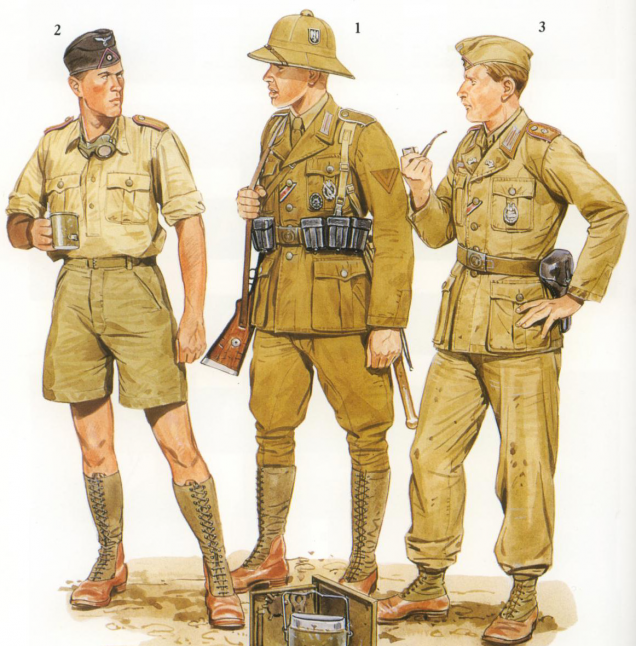
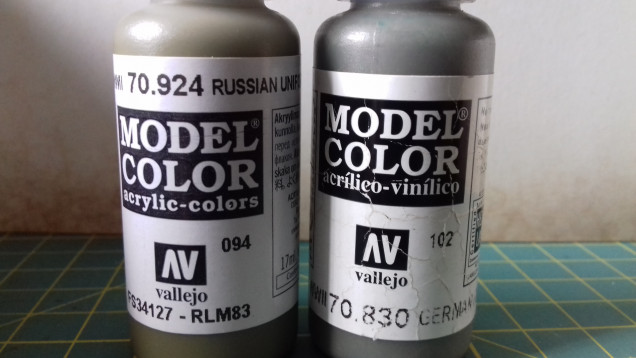
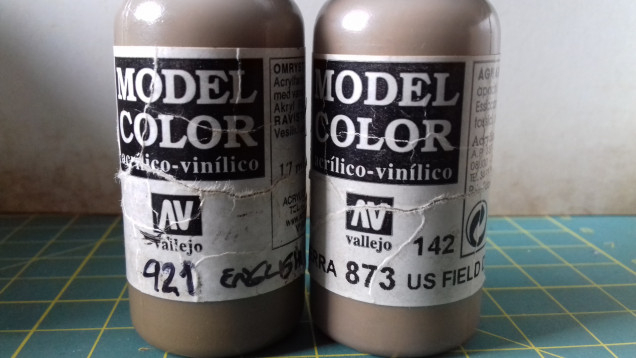
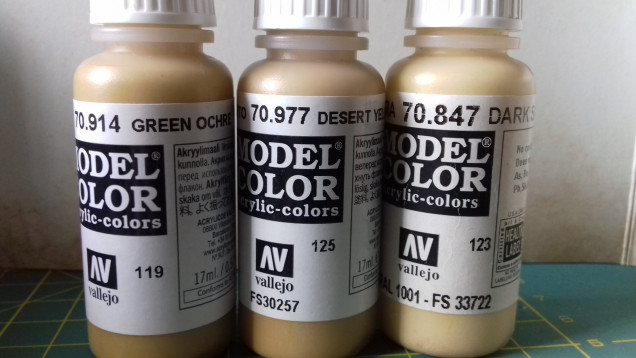
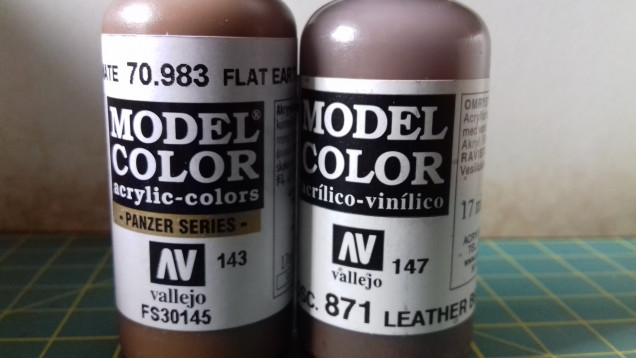

































Thanks for posting this. Really clear what you are doing and super useful for those of us that want to get around to the Afrika Korps at some point, increasingly soon given the quality help being offered here.
thanks that’s what I’m aiming for, as I start to paint the army I’ll do wip and completed shots including the rear that people rarely show. I know when trying to find pictures of equipment on the rear in the past it can be a real pain.
You my good sir are not going to do my lead mountain any favours what so ever.
Pictures of the back are always most welcome, in fact why not do a whole load from the rear. @Lloyd will be proud.
he gets to see the backs of my minis often, running away from his Rus filth 😉
@avernos – more great work on this ongoing project, glad to see it helping so many people. I swear, now that I’m finally emerging from the Armistice Centennial work, and I finally get started into my Bolt Action DAK forces from the boot camp, I might seriously be dipping into this project for some quick reference. 😀
cheers @oriskany I am actually working on the next part now, don’t know if it will be up before the weekend but at least it’s getting done. Next time I pick a force I’m going for something that’s more uniform to save myself a headache. 🙂
But at least it will be a handy reference for people new to historics, and I was talking to WArren about using a British Army to do the same thing for the Desert Rats.